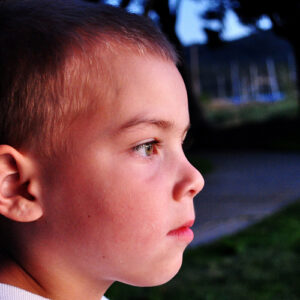
The most effective way to treat obsessive-compulsive disorder (OCD) in children and teens is through a mixture of drug treatment and cognitive behavior therapy (CBT), according to emerging research from the University of Pennsylvania School of Medicine.
The study, published in the Sept. 21 issue of the Journal of the American Medical Association, tested 124 adolescents between the ages of 7 and 17 with a primary diagnosis of OCD. The participants were either just given medication to treat the OCD, a combination of medication and CBT, or a combination of medication and “brief cognitive behavioral therapy.”
As PsychCentral reports, participants who received both drugs and full CBT saw the most positive results:
“The researchers found that at the end of 12 weeks, the percentages of participants who had at least a 30 percent reduction in their Children’s Yale-Brown Obsessive Compulsive Scale baseline score — which the researchers defined as clinically significant change — were nearly 69 percent in the full CBT group, 34 percent in the brief CBT group, and 30 percent in the medication management only group.”
Many patients with OCD use drug and therapy treatment options, researchers say, but many don’t combine the two due to “a paucity of expertise in pediatric OCD.”
According to the researchers, the findings from the study “indicate that these dissemination efforts should focus on making the full CBT protocol more widely available in such settings rather than on attempting to create and disseminate truncated versions of this efficacious form of treatment.”
Source: JAMA
Heather Rudow is a staff writer for Counseling Today. Email her at hrudow@counseling.org.
